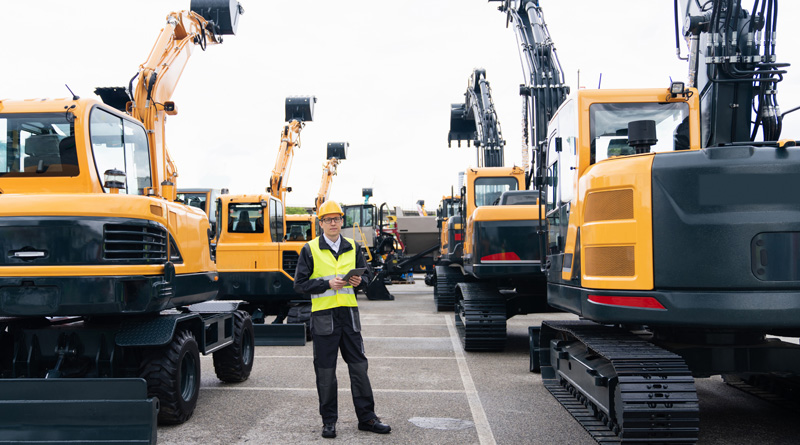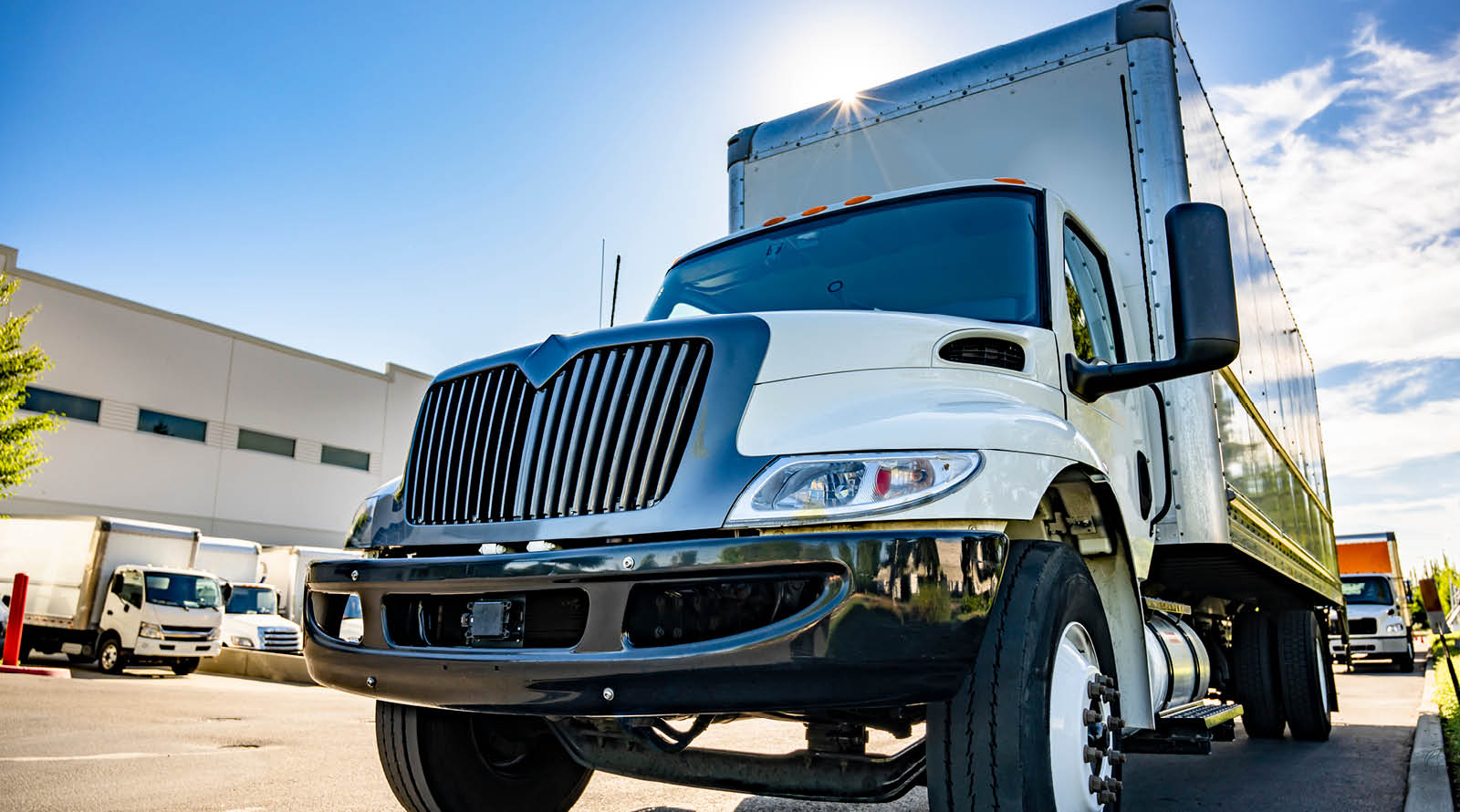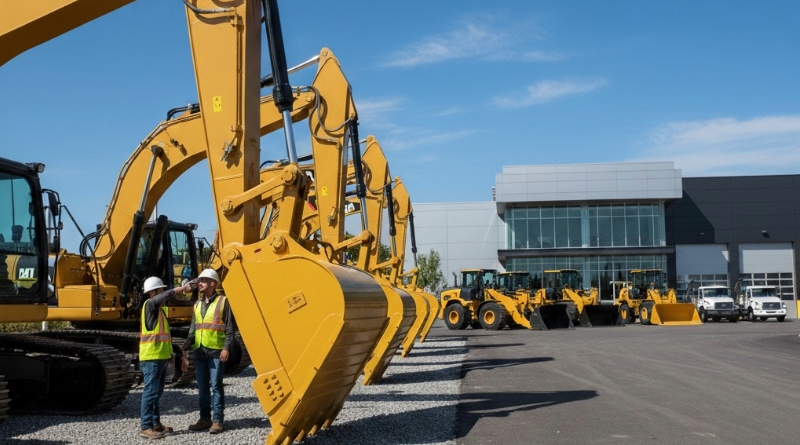Electric tractors for farming: What fits now and how to decide
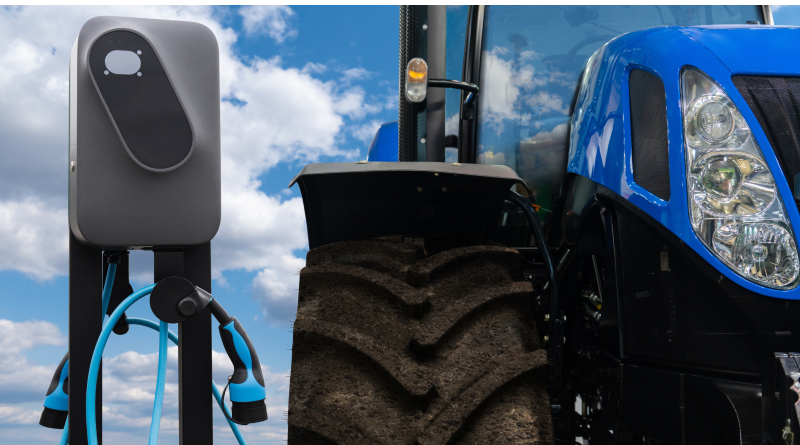
Across agriculture, conversations about electrification are moving from “someday” to “soon.” While most farmers still rely on diesel-powered machinery, the first generation of electric tractors for farming has entered the market. These machines promise quieter operation, lower maintenance, and reduced emissions, and they are arriving at a time when producers are being asked to do more with less—less fuel, less labor, and less environmental impact.
Yet adoption is not as simple as swapping out one machine for another. Electric tractors remain in their early stages, with limited availability, evolving technology, and specific use cases where they make the most sense. For farmers weighing the benefits against the current limitations, it’s important to cut through the hype and evaluate what’s real today, what’s on the horizon, and how these machines may fit into long-term planning.
At Ritchie Bros., we track how new technology enters the market, how values shift over time, and where buyers find the best return on investment. Electric farm machinery is no exception. In this guide, we’ll explore who’s building electric tractors, what they can (and can’t) do today, and the key considerations every buyer should think about before making the leap.
Electric tractor basics: What they are and why they matter
At the simplest level, an electric tractor is a farm tractor powered by a battery and electric motors instead of an internal combustion engine. Instead of filling a diesel tank, operators plug the machine into an electrical source—either standard AC power or, in some models, DC fast charging. This fundamental change in drivetrain design brings with it a set of unique benefits that are especially relevant in agriculture.
First, electric motors deliver instant torque, which means tractors respond quickly and consistently, even at lower speeds. That can make tasks like loader work, spraying, or vineyard passes more efficient and less fatiguing for operators. Second, the absence of engine noise changes the experience of both workers and surrounding communities. In operations close to residential areas, schools, or within barns and greenhouses, quieter machines can be a significant advantage. And third, electric tractors reduce the number of moving parts, eliminating things like oil changes, DEF systems, and complex transmissions—resulting in fewer routine service intervals and potentially lower downtime.
Top Key Advantages:
- Instant torque and smoother power delivery for common farm tasks
- Quieter operation suited to residential, enclosed, or municipal environments
- Lower routine maintenance with fewer moving parts
- No diesel, DEF, or engine oil costs
- Potential emissions reductions supporting sustainability commitments
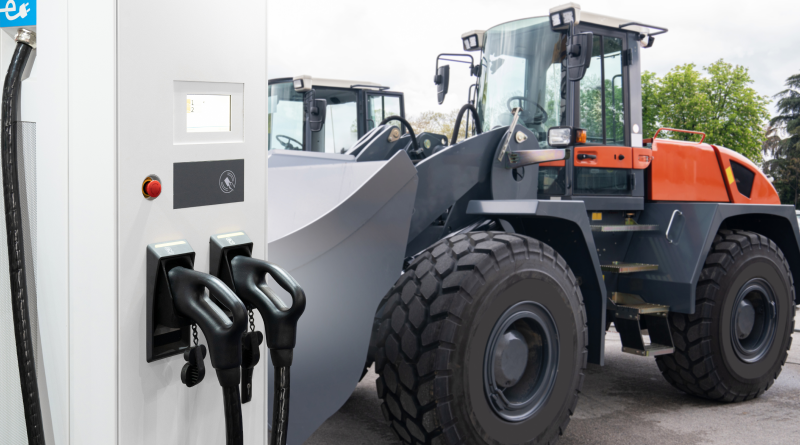
Top EV tractor brands and models in 2025
Electric tractors are no longer just a concept. As of 2025, a handful of OEMs have either released electric models or are actively piloting prototypes. That said, most machines are targeted at low- to medium-horsepower classes, with broadacre capability still in development. The key question for buyers: which ones are real today, and how do they stack up?
John Deere (E-Power Prototype)
John Deere’s foray into electrification is currently at the prototype stage, with the “E-Power” tractor emerging as a testbed for battery, motor, and autonomy integration. The prototype delivers 130 continuous horsepower (≈100 kW), built using KREISEL’s immersion-cooled lithium-ion battery modules to sustain performance across varying conditions.
Deere is exploring use cases in orchards, vineyards, and utility applications—settings where daily return to base and lower complexity are advantageous. The prototypes utilize a common EV charging port compatible with standard chargers, and Deere has shared early charging benchmarks (e.g. 20 % to 80 % in ~5.5 h at 19.2 kW, or ~1 h at 100 kW) to align with agrarian scheduling.
Importantly, Deere’s roadmap aims to pair the E-Power with autonomy systems by 2026—recognizing that electrification and autonomy are deeply synergistic in farm machinery.
Caveat: these machines are not commercially available yet. Deere is using field trials and customer feedback to refine battery, thermal, and powertrain architectures prior to launch.
New Holland (T4 Electric Power)
In contrast to Deere’s prototype status, New Holland has pushed its T4 Electric Power into limited production, positioning it as one of the first “electric farm tractor” models available for purchase.
The T4 Electric Power is rated at 74 hp (55 kW) with 65 hp PTO output (48 kW). It comes equipped with a 110 kWh battery pack, 4WD, and a 12×12 transmission—delivering performance comparable to diesel tractors in its class.
New Holland estimates a 4-hour runtime under typical load, with the capacity to stretch toward 8 hours under lighter duty. The tractor supports both AC and DC charging; DC fast charging can replenish from 10 % to 80 % in about an hour in favorable conditions.
What sets the T4 apart is the inclusion of autonomous features under the “Smart Roof” system. This includes “Follow Me” mode, 360° sensing, gesture control for bucket visibility (“Invisible Bucket”), and fleet assignment tools.
New Holland positions the T4 Electric Power for mixed farming, dairy, greenhouse, utility, and specialty crop operations—essentially wherever a utility-class tractor is required and electrification makes sense.
Other players and emerging models
Beyond Deere and New Holland, other OEMs and startups are staking their claims:
- Monarch Tractor is building compact/utility models (MK-V class) with autonomy-ready controls and battery-swap possibilities.
- Solectrac offers narrow electric tractors tailored to orchards and vineyards, embedding the concept of “electric farm vehicle / electric tractors for farming” in very niche settings.
- In Europe, Fendt’s e100 Vario is making rounds in pilot programs, targeting municipal or specialty crop tasks.
While these models aren’t yet fully scaled for mainstream adoption, they underscore the trajectory: more electrified electric farm machinery is entering the pipeline, led by niche use cases first.
Power, runtime and charging 101
When considering an EV tractor, the first question most buyers ask is: How long will it run, and will it handle my implements? Unlike diesel, where horsepower is a familiar yardstick, electric tractors require a closer look at both kilowatts (kW) and kilowatt-hours (kWh) to understand performance.
A tractor’s power rating (in kW or hp) tells you what it can deliver in terms of torque and PTO output. The battery’s energy capacity (kWh) dictates how long that power can be sustained under different loads. For example, the New Holland T4 Electric Power, with its 110 kWh pack and 74 hp rating, provides about four hours of runtime in moderate duty cycles, extending to eight hours for lighter tasks like spraying or mowing (Agriculture.com). By contrast, Deere’s prototype “E-Power” has been tested at 130 continuous horsepower, but battery size and runtime benchmarks remain in field trials (Future Farming).
Charging is equally important. Most electric tractors support AC Level 2 charging, which can be sufficient for overnight replenishment, but downtime-sensitive farms may need to invest in DC fast charging. New Holland’s T4 can recover from 10 % to 80 % charge in about one hour with DC infrastructure (Agriculture.com). That makes it viable for operations with staggered work shifts or multiple charging windows during the day.
For buyers, the key is to model the longest operational day on your farm and see whether the tractor’s battery can sustain it. Tasks like PTO-intensive hay cutting, tillage, or long-haul transport can drain batteries much faster than light implement passes. Climate also matters—cold weather reduces effective battery capacity unless thermal systems are included. In short, runtime is no longer a single number on a spec sheet: it’s a calculation tied to your duty cycle, implements, and charging strategy.
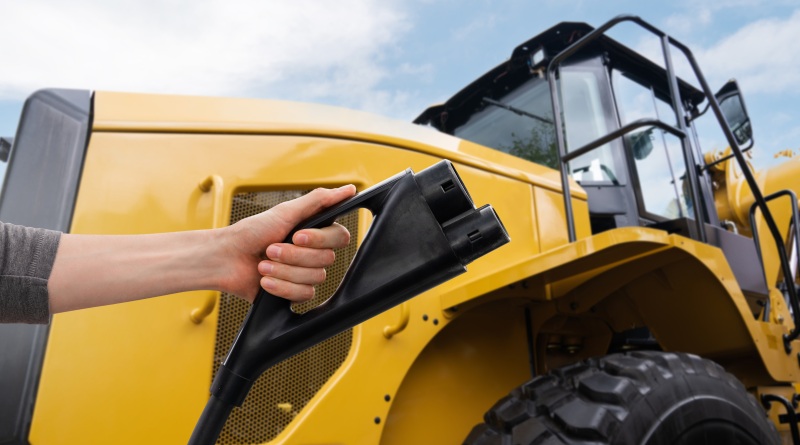
Total cost of ownership (TCO) and ROI
For many producers, the draw of an electric farm tractor isn’t just sustainability—it’s economics. The promise of lower operating costs is real, but the math is different from diesel and requires careful modeling.
The most immediate savings come from fuel and maintenance. Electricity costs per hour of operation can be significantly lower than diesel, particularly in regions with off-peak or farm-rate pricing. A simple example: if a tractor consumes 20 kWh per hour at $0.12/kWh, that’s $2.40 per hour versus $12–$15 per hour in diesel at current prices. Over 1,000 operating hours, the difference is substantial. Maintenance also shifts dramatically. With fewer moving parts, electric tractors eliminate oil changes, DEF, and engine service intervals—though battery and high-voltage systems add a new layer of technical oversight (New Holland).
The challenge lies in capital cost. Electric tractors today command a premium over diesel equivalents, and battery replacement down the line can be a major expense. Warranties and lifecycle guarantees vary by manufacturer, and understanding where coverage ends is critical. For instance, New Holland’s early buyers are offered multi-year coverage on both drivetrain and battery, but longer-term resale values are still forming.
Ultimately, TCO comes down to your use profile:
- High fuel consumption, stop-start cycles, or noise-sensitive work → EV tractors can deliver ROI quickly.
- Broadacre operations with long days and high PTO demands → diesel remains more economical until larger packs and faster charging become mainstream.
For buyers considering the switch, it’s less about whether electric works—it’s about whether it works for your farm today.
Where EV tractors win today
Electric tractors are not yet replacements for high-horsepower broadacre machines, but they are proving themselves in certain segments. Their sweet spot is where farms require predictable daily tasks, shorter duty cycles, and consistent return-to-base charging.
Specialty crops such as vineyards and orchards are among the first to adopt them. These operations typically run tractors for 4–6 hours at a time, often in tight rows where noise, fumes, and maneuverability matter. Similarly, dairies and greenhouses are finding value in electric tractors thanks to quiet operation and the ability to work in enclosed environments without air quality concerns. Municipalities are another natural fit—electric tractors used for mowing, snow removal, or park maintenance reduce urban emissions and are eligible for government sustainability incentives.
In other words, EV tractors fit best where low noise, clean operation, and moderate runtime are more important than sheer pulling power.
Barriers to adoption (and how farmers are overcoming them)
Despite the promise, there are real hurdles. The first barrier is availability. With only a handful of OEMs producing electric tractors today, buyers may face limited dealer coverage or long lead times. Farmers exploring the option often pilot one unit first, gathering experience before scaling up.
Charging infrastructure is another challenge. While an overnight AC charge may suffice for smaller operations, larger farms are beginning to invest in DC fast charging systems or even renewable generation like solar paired with battery storage. This helps control electricity costs and ensures tractors can be turned around quickly between jobs.
Finally, the horsepower gap remains significant. Today’s electric tractors rarely exceed 100–130 hp, leaving broadacre tillage, seeding, and hauling to diesel power. Farmers are bridging this gap with hybrid fleets: deploying electric models for specialty tasks while keeping diesel tractors for long, high-draw workdays.
Buyer playbook: Is an EV tractor right for you?
Deciding whether to buy an electric tractor requires more than curiosity—it requires a framework. Here’s how most forward-thinking buyers are approaching the decision:
- Map your longest workday. If your heaviest tasks exceed the runtime of current EV tractors, keep diesel for those jobs.
- Check implement compatibility. PTO loads and hydraulic demand can drain batteries quickly; confirm specs before committing.
- Assess your power supply. Does your farm have 3-phase power, or will you need an upgrade? Plan for AC overnight and DC fast charging where possible.
- Run a TCO model. Compare fuel, maintenance, and electricity costs against purchase price and warranty terms.
- Pilot first. Deploy an electric tractor on low-risk, predictable tasks. Track uptime, cost per hour, and operator feedback.
- Monitor resale. Use resources like RitchieSpecs and the Market Trends Report to see how values evolve in the secondary market.
By approaching the decision methodically, buyers can determine if electrification makes sense now—or whether it’s wiser to wait for the next generation of models.
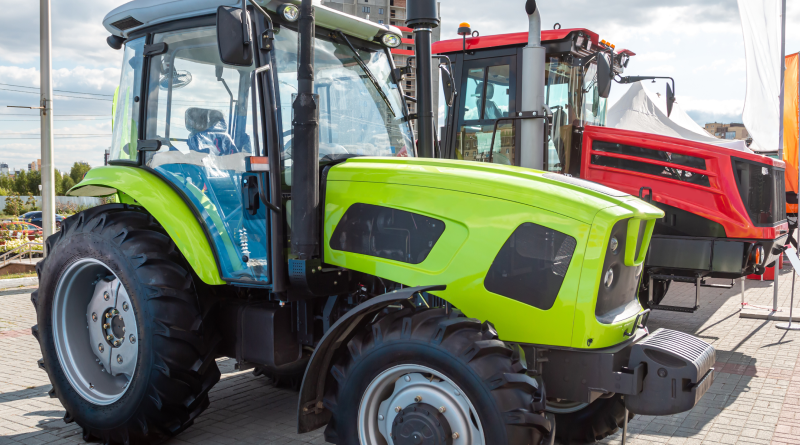
FAQs about electric tractors
H3: Are electric tractors powerful enough for farming?
Yes, but mainly for specialty crops, utility work, and moderate duty cycles. Broadacre tillage still requires diesel.
H3: How long does an electric tractor run on a charge?
Between 4–8 hours depending on the model, workload, and conditions.
H3: Can electric tractors use standard implements?
Yes, but PTO and hydraulic demands must be checked carefully against the tractor’s power output.
H3: Do incentives apply to electric farm machinery?
In many regions, yes—governments offer rebates or grants for zero-emission equipment.
H3: Will EV tractors hold value at auction?
Resale data is still forming, but Ritchie Bros. tracks this closely through our Market Trends Report.
Closing thoughts about electric tractors
Electric tractors are not a wholesale replacement for diesel—at least not yet. But for farms that value lower emissions, quieter operation, and reduced maintenance, they are beginning to offer real-world advantages. With a methodical approach, the right infrastructure, and an eye on resale values, forward-looking operators can position themselves to benefit from this next phase of agricultural technology.
At Ritchie Bros., we’ll continue to monitor how this market develops—and ensure our buyers and sellers have the insights and opportunities to make the most of it.
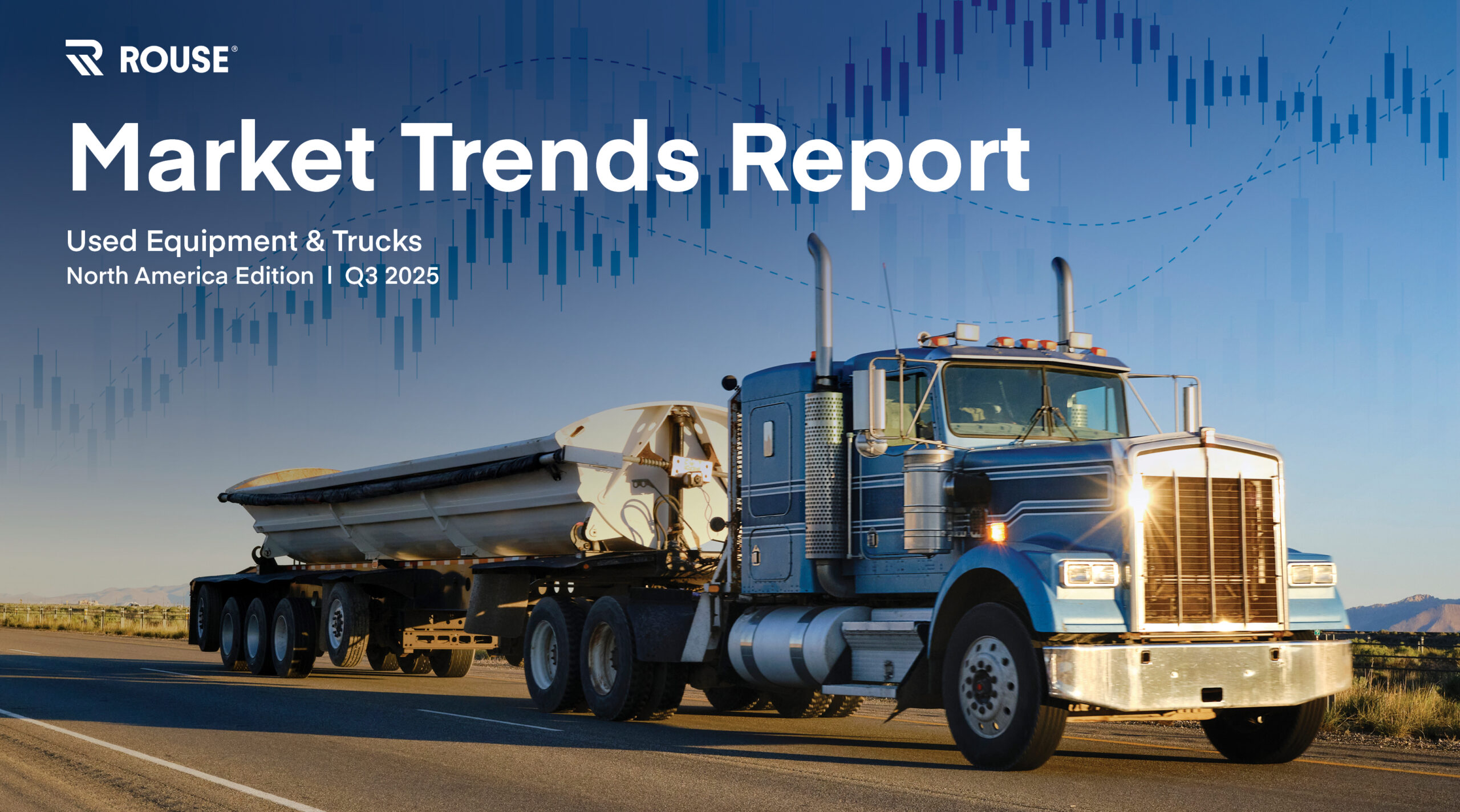 |
November Market Trends Report recaps Q3 2025 construction and transportation pricing and sales |


